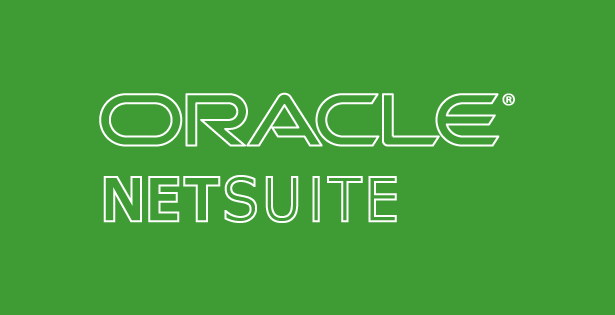The best solutions make a small change to achieve a big impact. Here’s a prime example: the new affiliate entity dimension in Sage Intacct.
First released with the 2025 R1 update and now available to any Sage Intacct customer with a Consolidations subscription, the new dimension adds yet another way to label financial data and transactions. And while it doesn’t change the system in a significant way, it has a major impact on the consolidation process, helping eliminate an administrative headache and all the inefficiency, error, and stress that comes with it.
Family offices in particular stand to benefit from this feature. This blog explains how the new affiliate entity dimension in Sage Intacct works and how it will streamline consolidations, and thus strengthen financial decision-making for any family office.
Introducing the Affiliate Entity Dimension in Sage Intacct
One of the stand-out features in Sage Intacct is the ability to tag transactions with “Dimensions” instead of account codes, making it simpler and more flexible to label financial information. Now, accountants can take advantage of a new dimension to track inter-entity account activity and balances.
Using the affiliate entity dimension starts by setting up a list of entities: trusts, foundations, holding companies, investment vehicles, alternative assets, etc. Transactions can then be tagged with the entity they’re associated with.
For example, if an investment was transferred from one trust to another, or a loan was made from the holding company to a real estate LLC, the affiliate entity dimension could be used to link both entities to that transaction.
It’s a smart but simple way to clear up confusion, speed up reconciliations, and make consolidations feel less cumbersome. Let’s take a closer look at the benefits.
Why Use the Affiliate Entity Dimension in Sage Intacct?
Compared to other industries, consolidations at family offices can be especially complicated and confusing. Using dimensions helps make sense of this maze, and with the new affiliate entity dimension in the mix, users have even more clarity and control over the close than ever. Here’s what the new Dimension can do:
- Automatically Identity Related Entities – Before, it was a time- and labor-intensive process to pair up affiliated entities. Now, it happens automatically, like so much of the close in Sage Intacct, freeing up finance professionals to focus their time and energy elsewhere.
- Achieve More Granular Eliminations – The affiliate entity used to get lost in translation during consolidations. The new dimension makes the affiliates obvious throughout the entire close so it’s possible to eliminate activity between entities in the same reporting book, or identify more complex relationships between direct and indirect entities.
- Enhance the Reconciliation Process – Having to create multiple inter-entity accounts to track balances moving between entities is now a thing of the past. Using one inter-entity receivable and one inter-entity payable account instantly produces the balance of accounts for that affiliate entity.
- Tag General Ledger Entries – Figuring out which entity a transaction in the general ledger referred to used to be a guessing game without a clear indicator. The new dimension provides that indicator, making it quick and easy to decipher the link and eliminate one more source of inefficiency and uncertainty.
The Sage Intacct Partner for Family Offices
Features like the affiliate entity dimension reveal why Sage Intacct has become so popular with family offices: it solves persistent problems practically.
Whether it’s making the close more efficient, making accounting more automated, or making the whole office more integrated, Sage Intacct supplies everything family offices need to take their existing operations to the next level.
Need a partner to help implement and optimize Sage Intacct? Want advice on taking advantage of the affiliate entity dimension, and other ways to eliminate inefficiency? Contact RSM’s family office consultants.

 RSMUS.com
RSMUS.com



